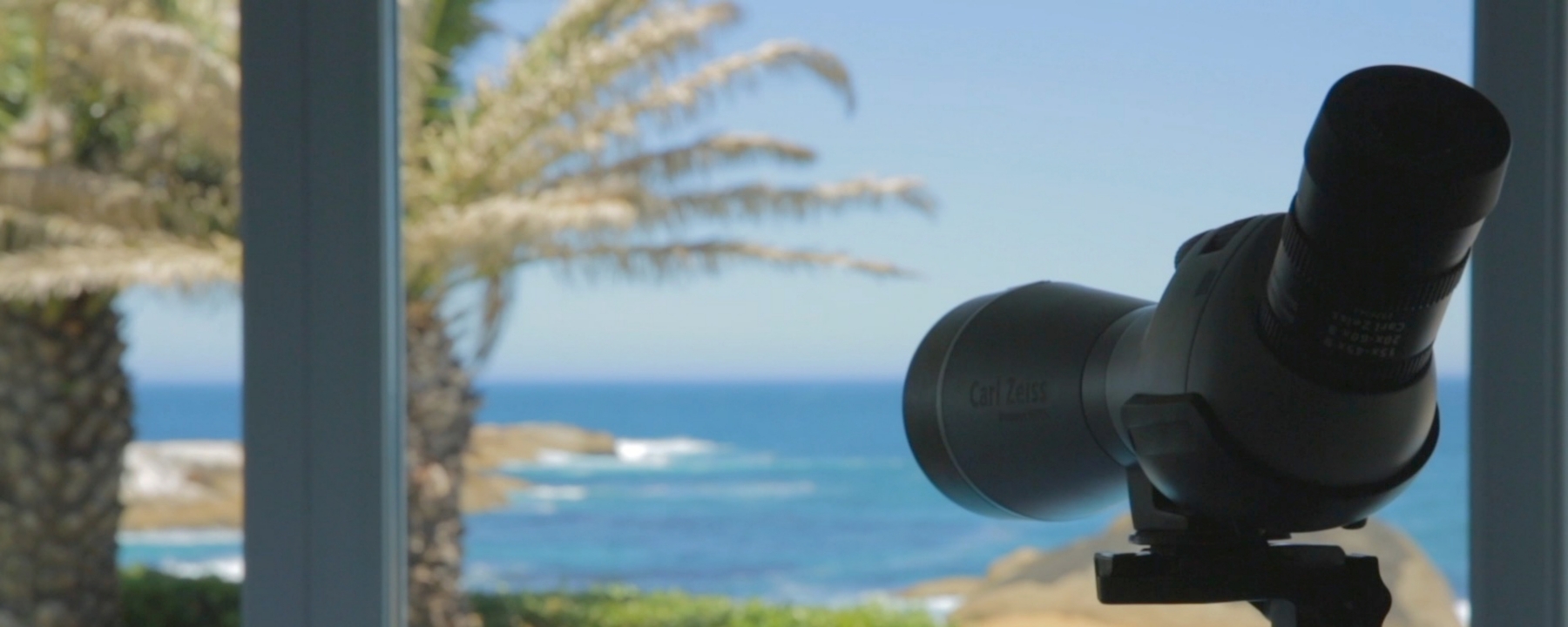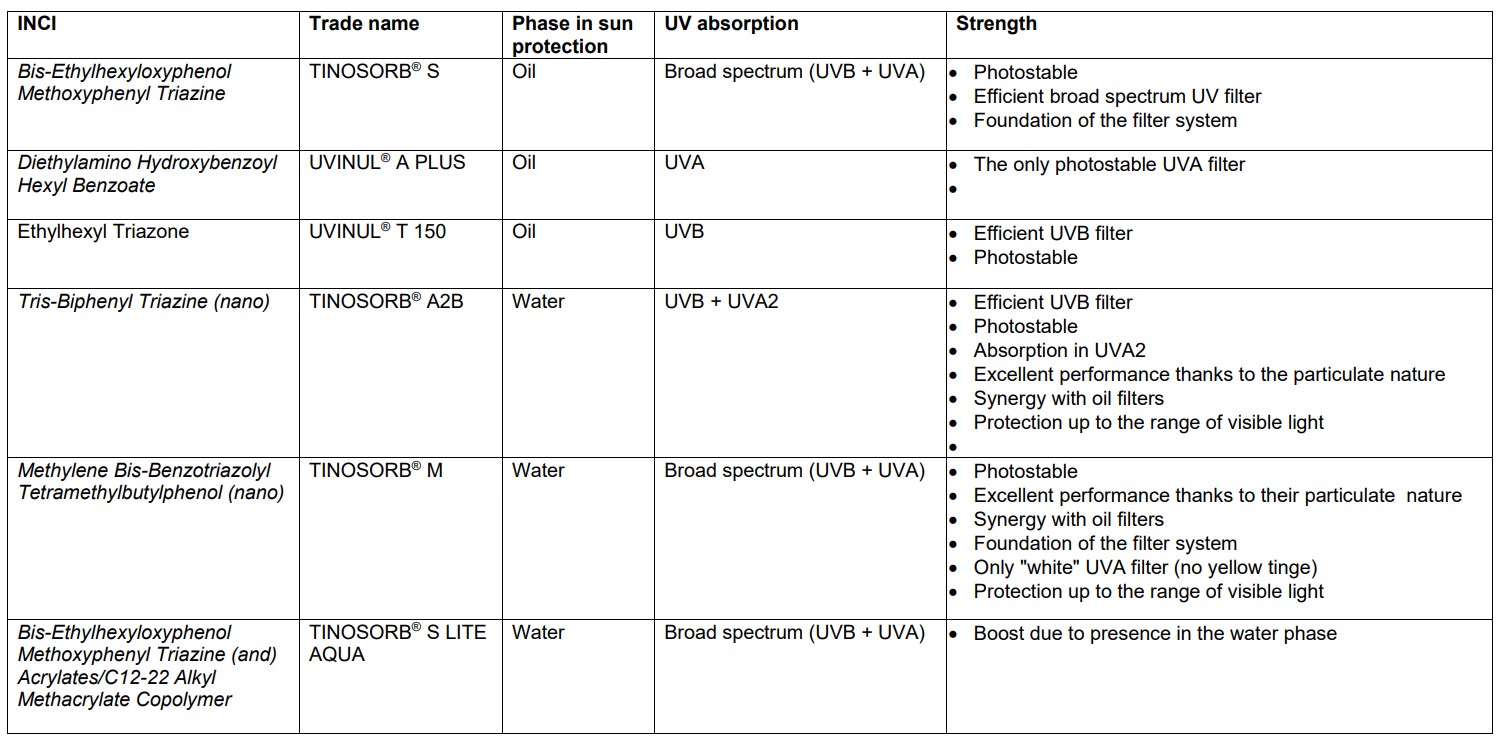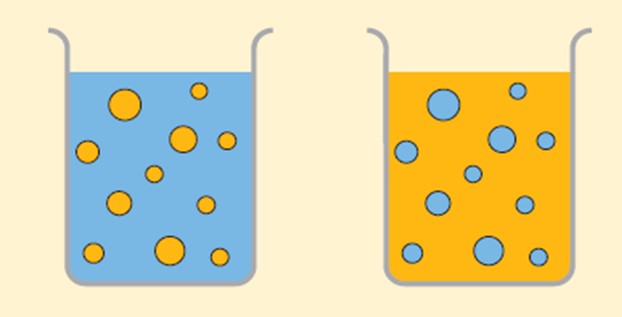
Sun protection
INCI - A small translation aid
For breakfast, a delicious ovum with a pinch of Maris Sal. And for a refreshing start to the day, a large glass of juice made from the juice of citrus aurantium dulcis. What could sound delicious and inviting sounds more like Double Dutch. The same applies to the INCI names for cosmetic products. To understand them, you need to know the correct translation.
To make one thing clear first: Even if you don't know the list of ingredients on a face cream, shampoo or sun lotion, you can be sure that the products are safe and safe to use. The EU Cosmetics Regulation ((EC) No. 1223/2009) regulates which ingredients may not be used in a cosmetic product or for which substances there are restrictions on use in the form of areas of application. Consumer safety is a top priority.
Nevertheless, we would like to shed some light on all the foreign names that can be found on every cosmetic product on store shelves around the world. The use of INCI names is an international agreement for the precise labelling of ingredients in cosmetic products.
You can find a brief explanation of the topic of "designation" in our article.
More informationTake a look at our overview and find out what a sunscreen contains.
More informationCombinations of UV filters are used
A sun protection product basically consists of a mixture of several UV filters. It is not unusual for up to 6 different UV filters to be used. This is done in order to achieve the right performance for SPF, and UVA protection. The absorption capacities of the UV filters vary in the different wavelengths. Combinations are now used to obtain the best possible protection.
It should also be noted that most UV filters are lipophilic, which means that they are mixed with the oil in the product. A sunscreen formulation usually consists of both phases, water and oil (which is what creates an emulsion). It is then advantageous to use filters in each of the water and oil phases.
Unfortunately, some filters or filter combinations are photo-unstable. If this is the case, they break down under sunlight and other molecules or free radicals are formed. Free radicals react very quickly with other molecules and can do the same with areas of the skin. As a result, skin reactions may occur. Of course, this is undesirable and must be avoided. The use of photostable UV filters, which remain stable when exposed to sunlight, is therefore of particular interest.
In a nutshell: Looking at all aspects, it is clear that a good and wise selection of different UV filters is needed to achieve the appropriate and desired results. In addition to the sun protection factor and photostability, this also includes the trend of formulating and manufacturing sun protection in accordance with environmental sustainability.
Infobox: So that you can immediately see which products contain our selected UV filters, we decipher them and assign clear names for you.
Back to INCI
Not all substances on an INCI list appear to be unknown to the end user. There are also many ingredients in cosmetic products, which we all know from everyday life, some of which we consume on a regular basis. Would you like to see the list? Here it is:
Butter = Butyrum
Vinegar = Acetum
Fish liver oil = Piscum Lecur Oil
Yeast = Faex
Common salt = Sodium Chlorides
Water = Aqua
Beeswax = Cera Alba
Honey = Mel
Cod liver oil = Gadi Lecur Oil
Cow's milk, fat-free = Sine Adipe Lac
Lactose = Lactose
Glucose = Glucose
Rapeseed oil = Canola Oil
Sugar = Sucrose
Aloe Vera = Aloe Barbadensis
Apple = Pyrus Malus
The INCI information is particularly helpful for allergy sufferers, contact allergy sufferers and/or people with very sensitive and sensitive skin. If you know the substances that are not good for you, you can quickly identify them using the INCIs and consequently switch to another product of your choice.
Since we wanted to provide a little help with this article, we would like to add what was on the breakfast schedule. A delicious egg with a pinch of sea salt and a large glass of orange juice. Thirst for knowledge must be quenched.
Terms from the world of UV filter formulations
Lipophil
If a UV filter is lipophilic, it mixes or dissolves well in fats and oils, or can easily dissolve fats and oils.
Hydrophilic
A hydrophilic substance "loves" water and is water soluble.
Photostability
A UV filter must be photostable in order to withstand UV radiation. If this is not the case, the filter becomes unstable and degrades. Photostability is an absolute must to achieve safe and good sun protection. Please note: If two formulations have the same SPF, the efficiency of a formulation with unstable filters against sunburn is equal to the efficiency of a formulation with stable filters. But the unstable version requires many more filters to be added. In addition, if some UV filters are photo-unstable, other molecules and free radicals can be formed. Possible skin reactions should and must be avoided by using photostable UV filters.
Emulsion
Mixture of different liquids that can only be mixed together with difficulty. Using emulsifiers keeps both phases together. These components have a lipophilic and hydrophilic part. As a result, they can place themselves directly at the boundary between the water and the oil phase and therefore hold them together. Emulsions are available as water in oil or as oil in water. What we definitely know: Milk, butter, cream and mayonnaise are emulsions from the food sector.




